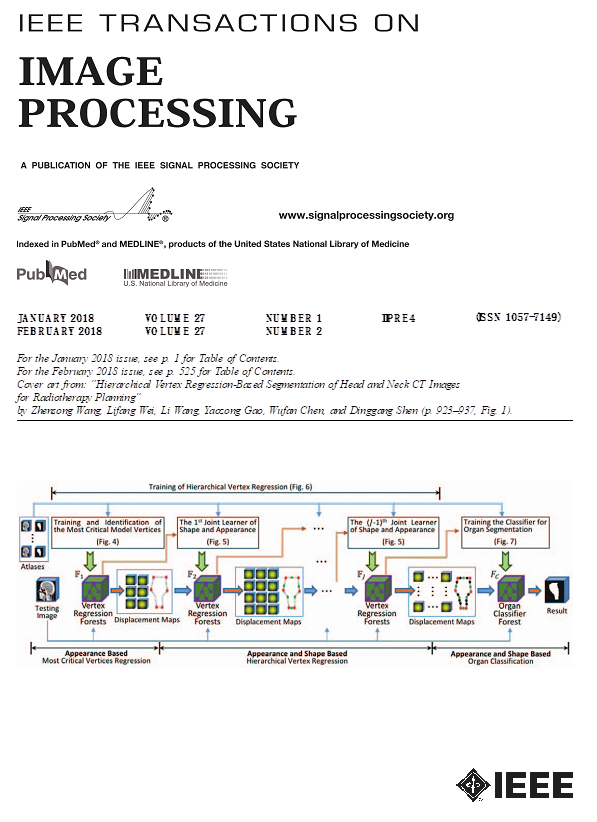PFIG-Palm:基于像素和特征识别引导的可控掌纹生成。
IF 13.7
1区 计算机科学
Q1 COMPUTER SCIENCE, ARTIFICIAL INTELLIGENCE
引用次数: 0
摘要
掌纹识别为方便、私密的身份验证提供了一种很有前途的解决方案。然而,大规模掌纹数据的缺乏制约了其发展和应用。最近的方法试图通过基于bsamzier曲线合成掌纹来缓解这个问题。由于缺乏曲线与掌纹之间的配对数据,难以生成具有精确身份的曲线驱动掌纹。为了解决这一挑战,我们提出了一种新的像素和特征识别指导(PFIG)框架来合成现实掌纹,其id严格由bsamzier曲线控制。为了建立ID映射,构造了ID注入(IDI)模块来合成伪配对数据。进一步提出了像素级和特征级两种跨域ID一致性损失,以严格保留输入ID曲线的语义信息。实验结果表明,该方法可以合成更真实、身份可控的掌纹。仅基于8万个合成掌纹进行预训练,就TAR@1e-6而言,识别准确率可提高18%以上。当仅对合成数据进行训练时,我们的方法比现有的合成方法具有更好的性能。源代码可从https://github.com/YuchenZou/PFIG-Palm获得。本文章由计算机程序翻译,如有差异,请以英文原文为准。
PFIG-Palm: Controllable Palmprint Generation via Pixel and Feature Identity Guidance.
Palmprint recognition offers a promising solution for convenient and private authentication. However, the scarcity of large-scale palmprint datasets constrains its development and application. Recent approaches have sought to mitigate this issue by synthesizing palmprints based on Bézier curves. Due to the lack of paired data between curves and palmprints, it is difficult to generate curve-driven palmprints with precise identity. To address this challenge, we propose a novel Pixel and Feature Identity Guidance (PFIG) framework to synthesize realistic palmprints, whose IDs are strictly governed by the Bézier curves. In order to establish ID mapping, an ID Injection (IDI) module is constructed to synthesize pseudo-paired data. Two cross-domain ID consistency losses at pixel and feature levels are further proposed to strictly preserve the semantic information of the input ID curves. Experimental results demonstrate that our ID-guided approach can synthesize more realistic palmprints with controllable identities. Based on only 80,000 synthesized palmprints for pre-training, the recognition accuracy can be improved by more than 18% in terms of TAR@1e-6. When trained exclusively on synthetic data, our method achieves superior performance to existing synthetic approaches. The source code is available at https://github.com/YuchenZou/PFIG-Palm.
求助全文
通过发布文献求助,成功后即可免费获取论文全文。
去求助
来源期刊

IEEE Transactions on Image Processing
工程技术-工程:电子与电气
CiteScore
20.90
自引率
6.60%
发文量
774
审稿时长
7.6 months
期刊介绍:
The IEEE Transactions on Image Processing delves into groundbreaking theories, algorithms, and structures concerning the generation, acquisition, manipulation, transmission, scrutiny, and presentation of images, video, and multidimensional signals across diverse applications. Topics span mathematical, statistical, and perceptual aspects, encompassing modeling, representation, formation, coding, filtering, enhancement, restoration, rendering, halftoning, search, and analysis of images, video, and multidimensional signals. Pertinent applications range from image and video communications to electronic imaging, biomedical imaging, image and video systems, and remote sensing.
 求助内容:
求助内容: 应助结果提醒方式:
应助结果提醒方式:


